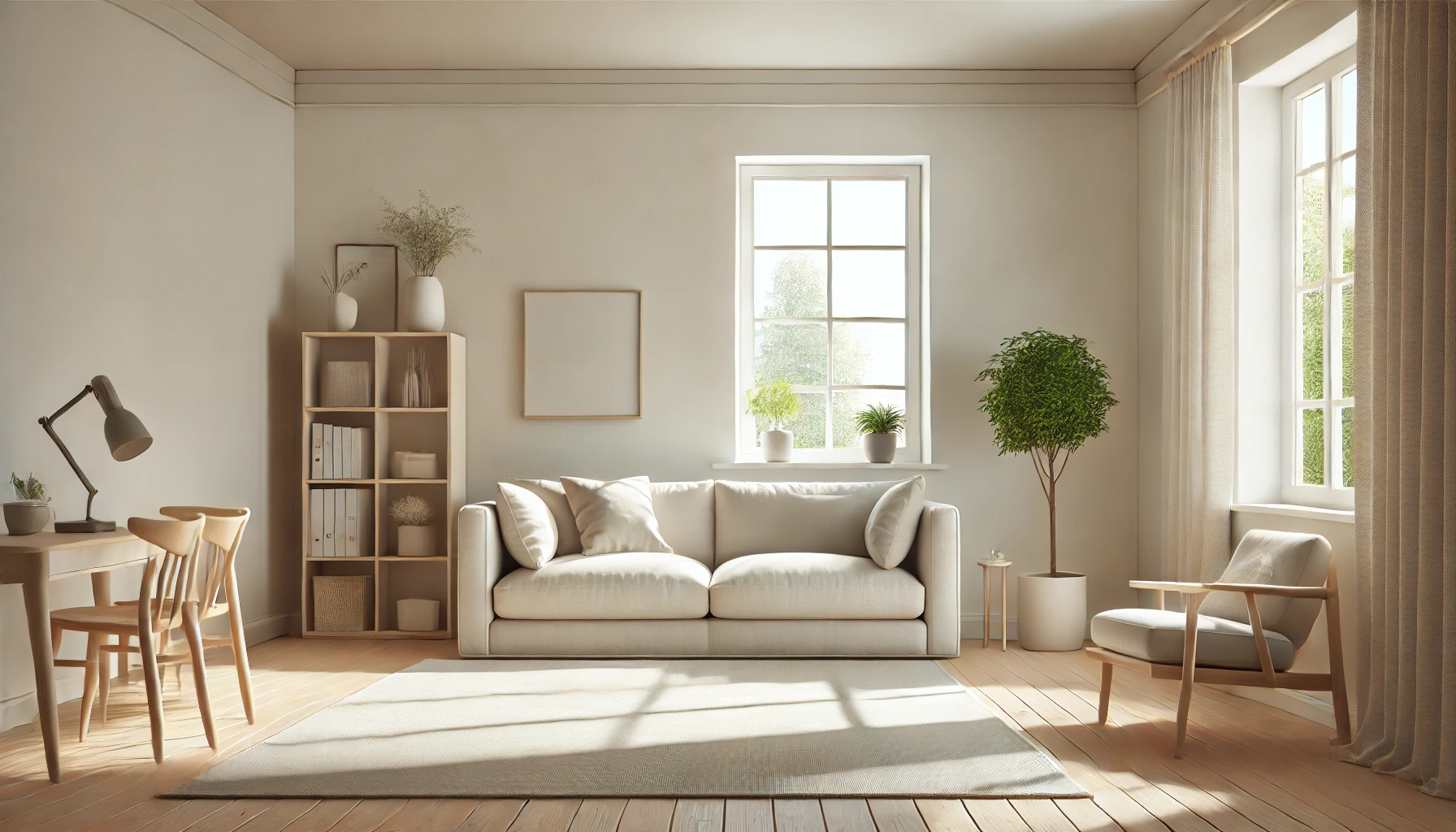If you’re feeling overwhelmed by the clutter in your home, you’re not alone. Many people find that the accumulation of unnecessary items creates a sense of chaos, making it harder to relax and focus. Embracing minimalism can help transform your space into a calming, organized haven. By decluttering your home, you can simplify your life and start enjoying the things that truly matter.
Here are 10 simple steps to help you declutter your home and embrace a more minimalist lifestyle.
1. Start with a Vision
Before diving into the decluttering process, it’s essential to establish a clear vision of what you want your home to look and feel like. Take a moment to imagine a space that is calm, organized, and free of excess. Visualize how you want your rooms to function and what kind of atmosphere you want to create.
Having a vision in mind will give you direction and motivation, making the decluttering process easier. It will also help you stay focused and avoid getting overwhelmed by the amount of stuff you have.
2. Begin with One Room or Area
Decluttering an entire home can be a daunting task, so it’s best to start small. Choose one room or area to begin with, such as the living room, kitchen, or bedroom. Once you’ve decluttered one space, move on to the next. This will help you feel a sense of accomplishment and make the process less overwhelming.
Focus on a single area until it’s completely decluttered. Trying to declutter multiple spaces at once can lead to chaos and frustration.
3. Take Everything Out
In each room, take everything out of the drawers, shelves, and cabinets. Lay everything out in front of you. This may seem like a big task, but it’s an essential step. Seeing all of your items in one place will help you understand how much you really own and make it easier to decide what to keep and what to get rid of.
This step is key to the decluttering process because it forces you to face the excess you might have accumulated over time.
4. Sort Items Into Categories
As you go through your items, sort them into categories. For example, create piles for items you want to keep, donate, sell, or throw away. Be honest with yourself as you assess each item. Does it serve a purpose? Does it add value to your life? If not, it’s time to let it go.
This step is where the magic happens. You’ll start to realize that much of what you own is not necessary or important. By sorting your items, you’ll be able to make more mindful decisions about what stays and what goes.
5. Follow the “One-Year Rule”
If you’re struggling to part with certain items, the “one-year rule” can help. If you haven’t used an item in the past year, it’s likely that you won’t use it in the future either. Apply this rule to everything from clothes to gadgets to kitchenware.
The one-year rule is an effective way to assess whether something is truly necessary. If you haven’t used it recently, chances are you won’t miss it once it’s gone.
6. Get Rid of Duplicates
Many people unknowingly accumulate duplicate items—extra kitchen tools, multiple sets of sheets, or duplicate electronics. Take the time to go through your possessions and get rid of anything that has a duplicate. Keep only the highest-quality or most functional version of each item.
This will help you reduce unnecessary clutter and create more space in your home.
7. Simplify Your Storage Solutions
As you declutter, you may realize that your current storage solutions are not as efficient as they could be. Invest in simple, functional storage options to keep your remaining items organized. Opt for clean, minimalist storage boxes, shelves, and organizers that complement your home’s aesthetic.
The goal is to reduce the visual clutter, not add more items to your space. Look for solutions that enhance the functionality and flow of the room without overcrowding it.
8. Organize and Store What You Keep
Once you’ve decided what to keep, it’s time to organize. Group similar items together and find designated spaces for everything. A clutter-free home is all about having a place for everything and keeping everything in its place.
Consider using clear bins or labels to help maintain an organized system. A clean and organized space will be easier to maintain over time.
9. Take a “Mindful” Approach to New Purchases
Decluttering your home is just the first step; maintaining a minimalist lifestyle is an ongoing process. As you move forward, adopt a mindful approach to new purchases. Before buying anything, ask yourself whether it adds value to your life and whether you truly need it.
This mindfulness will help you avoid bringing unnecessary items into your home and will support your commitment to living with less.
10. Make Decluttering a Regular Habit
Decluttering should not be a one-time event; it should be a regular habit. Make it a point to revisit your home every few months and evaluate your possessions. By staying proactive and mindful of what you bring into your space, you can keep clutter at bay and continue to live in an organized, minimalist environment.
Make decluttering a part of your routine, just like cleaning or organizing. Regularly reassessing your space will help you maintain the calm and order you’ve worked so hard to create.
Conclusion: Embrace a Life of Simplicity and Freedom
Decluttering your home is not just about tidying up; it’s about creating a space that reflects your values and supports a simpler, more intentional way of living. By following these 10 simple steps, you can transform your home into a peaceful, organized haven where you can focus on the things that matter most.
Minimalism is about living with purpose and embracing freedom from excess. By letting go of the things you no longer need, you make room for what truly brings joy and fulfillment into your life.
